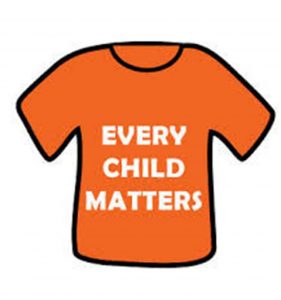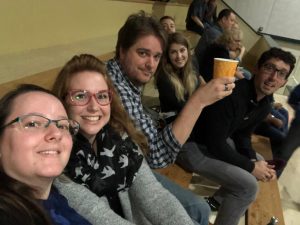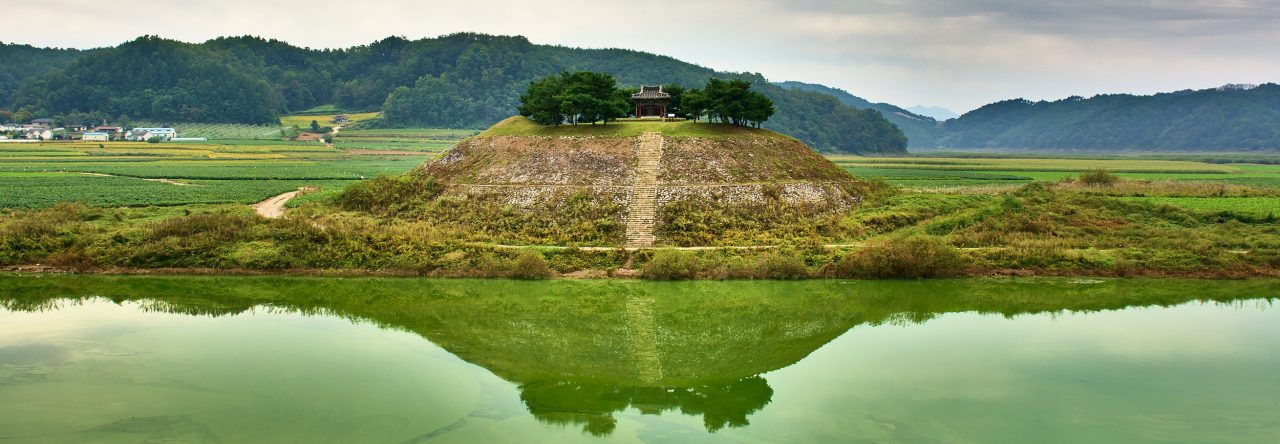Educators respect and value the history of First Nations, Inuit and Metis in Canada and the impact of the past on present and the future. Educators contribute towards truth, reconciliation and healing. Educators foster a deeper understanding of ways of knowing and being, histories, and cultures of First Nations, Inuit and Metis.
While teaching at Jean Baptiste Sewepagaham High School in the Fox Lake  Reserve, part of the Little Red River Cree Nation northern Alberta, I received training in Cree cultural protocol, as well as language lessons which I attempted to incorporate into the classroom as much as I was able. I also served as an organizer for the school’s Orange Shirt Day events in 2016.
Reserve, part of the Little Red River Cree Nation northern Alberta, I received training in Cree cultural protocol, as well as language lessons which I attempted to incorporate into the classroom as much as I was able. I also served as an organizer for the school’s Orange Shirt Day events in 2016.
In October 2019, I attended the First Annual Indigenous  Conference in Fraser Lake (SD91) where I had the opportunity to hear Monique Gray Smith speak on the topic of reconciliation. The second keynote speaker was Dr. Dustin Louie, who offered valuable insight into how First Peoples Principles of Learning can be developed with community support and implemented into school missions. I also took part in a workshop led by Leona Prince on the topic of Indigenizing the ADST curriculum, which drew on the specific example of beaded coding as further developed by SD57’s Noelle Pepin. In the photo at right I am the one in the centre raising a paper cup of free coffee.
Conference in Fraser Lake (SD91) where I had the opportunity to hear Monique Gray Smith speak on the topic of reconciliation. The second keynote speaker was Dr. Dustin Louie, who offered valuable insight into how First Peoples Principles of Learning can be developed with community support and implemented into school missions. I also took part in a workshop led by Leona Prince on the topic of Indigenizing the ADST curriculum, which drew on the specific example of beaded coding as further developed by SD57’s Noelle Pepin. In the photo at right I am the one in the centre raising a paper cup of free coffee.
When possible, and as much as I felt comfortable and capable of, I try to include local indigenous content and insights in to my lessons. Here in Prince George, that means the Lheidli T’enneh Dakelh. One way I found of integrating the Lheidli T’enneh worldview into the classroom was to begin each lesson during a unit on residential schools by spending two minutes on a Dakelh word of the day which communicated something specific about the local indigenous culture or history. Student response to this element of the class was overwhelmingly positive, and if I ever forgot to open class with the word of  the day I heard about it immediately! The example at left refers to Cranbrook Hill, atop which sits UNBC.
the day I heard about it immediately! The example at left refers to Cranbrook Hill, atop which sits UNBC.
